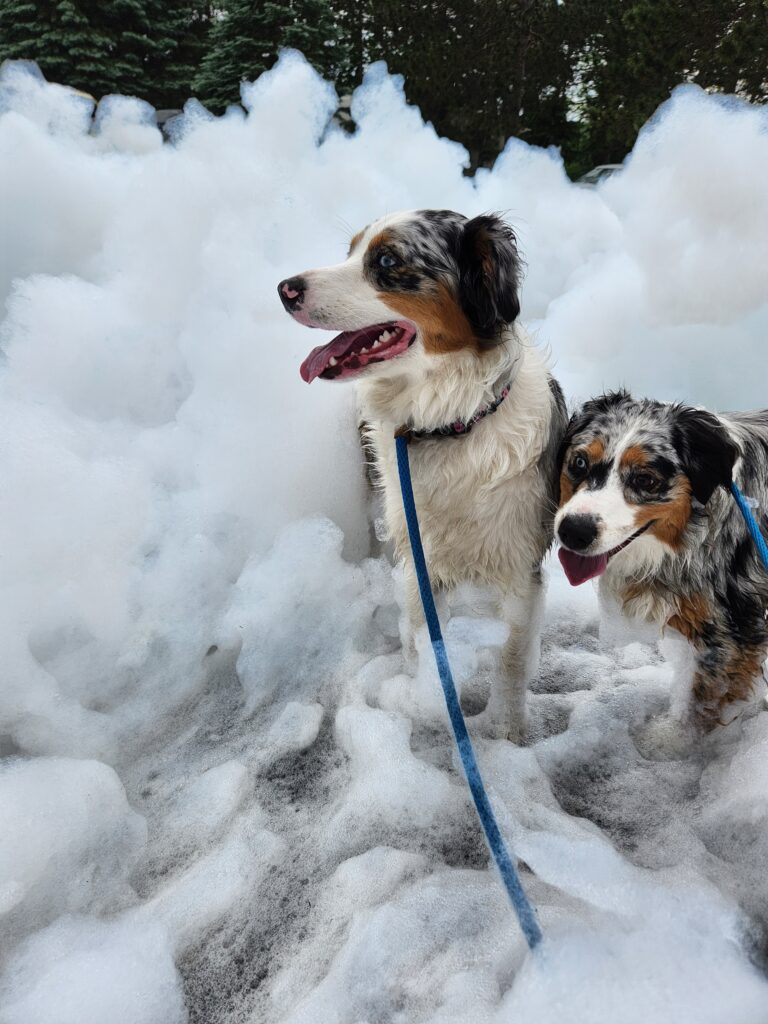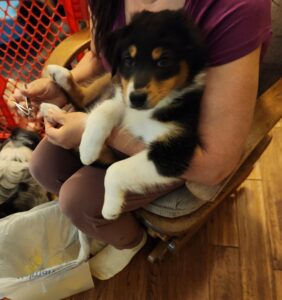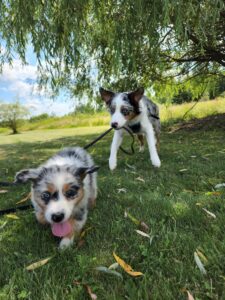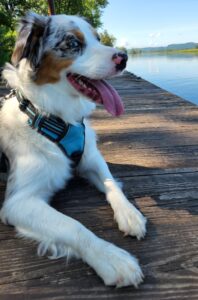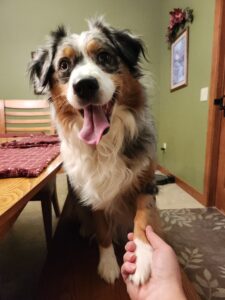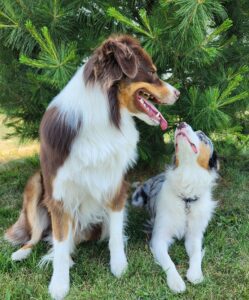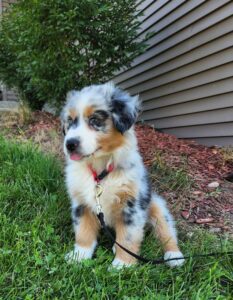Navigating life with a canine companion often feels like a whirlwind of excitement, joy, and occasional chaos. While dogs bring boundless energy and enthusiasm into our homes, they may also struggle with impulse control, leading to behaviors that test our patience and understanding. In this guide, we’ll delve into developing impulse control, exploring why it’s essential, how it develops, and most importantly, how to cultivate it through purposeful training and exercises. Whether you’re a seasoned dog owner or embarking on the journey of canine companionship for the first time, understanding and teaching impulse control lays the groundwork for a harmonious relationship between you and your companion.
Recognizing Impulse Challenges
Dogs often struggle with developing impulse control, exhibiting behaviors like jumping, snatching food, or pulling on a leash. These actions are often perceived as bad manners but stem from impulse control deficits. Similar to human children, puppies and young dogs lack the cognitive maturity to control their impulses effectively. Attempting to teach them intricate self-control techniques too early may prove challenging. This is why service and police dogs typically begin training around one year old, once their pre-frontal cortex has sufficiently developed to grasp training concepts. While this developmental timeline applies to most puppies, it doesn’t preclude the introduction of basic training exercises at an earlier age. However, young pups may struggle with advanced tasks like extended stays or complex attention heeling due to their shorter attention spans.
Impulse Control Training / Exercises
While it might seem appealing to set a deadline for instilling impulse control in dogs, it’s important to recognize that each dog learns at its own pace, as they are individuals with unique personalities and capabilities. Moreover, dog training should be an enjoyable and self-paced endeavor, without the pressure to achieve immediate results within a specific timeframe.
Remain Calm
For those with energetic companions who tend to get overly excited during walks, these exercises offer valuable solutions. If your dog exhibits exuberant behavior and pulls eagerly towards the door when the leash appears, simply proceed with leashing them as usual and then take a seat on the couch. Avoid interacting with your dog or reprimanding their behavior. Instead, patiently wait for them to settle down.
Once your dog has achieved a state of calmness or perhaps assumes a sitting or lying position, offer verbal praise such as “yes,” then rise and proceed towards the door. Expect your dog to potentially become excited once more, so be prepared to repeat the process of returning to the couch multiple times until they grasp the desired behavior of calmly accompanying you to the door.
While this approach may initially extend the time before your walk, particularly if you’re on a tight schedule, consider implementing this practice during leisure periods, such as weekends or when you have ample time to establish these beneficial routines.
Sit Before Door Opens
After successfully achieving a calm approach to the door for walk time, the next challenge is to prevent your pup from darting out as soon as the door opens. Although it requires repetition, the goal is to have your dog maintain in a sitting position when the door is opened.
Initiate the door-opening process only when your dog is sitting. If they move or stand up, promptly close the door. The aim is to teach them that the door opens for walks only when they are sitting calmly. Once your dog remains in position, reward them with a verbal cue such as “yes” followed by a tasty treat and give a release word such as “ok”, then proceed together for an enjoyable walk.
With consistent practice, your dog should learn to sit upon your approach to the doorknob and remain sitting until the door is opened and giving the release command, inviting them to join you for a walk. \You can employ this method every time you bring your dog outdoors, not limited to just walks.
Relaxed Walk
Now that you’ve established a rhythm in teaching your dog new behaviors, it’s time to introduce a different approach to walking. Reward your dog when the leash remains slack, and they calmly stay by your side instead of pulling (consider using a slip leash if your dog pulls) you along and exploring every bush in sight. Be sure to offer praise and treats as a reward when your dog demonstrates this desired behavior.
Keep in mind the essential principle: “A slack leash signals go, while a taut leash means stop.” When your dog walks beside you calmly, offer praise, treats, and continue moving forward. If they start pulling, slow down or stop altogether, withholding attention and treats until they relax.
Initially, your walks may feel prolonged, but with consistent practice, your dog will learn that walking with a loose leash earns rewards and keeps you both moving forward, while pulling results in stops and no rewards.
And remember, treats aren’t the only form of reward during walks! Allowing your dog to explore a bush or sniff their surroundings can also be a rewarding experience for them.
Although it may be tempting to let your dog greet other dogs or people, keep in mind that not all individuals may welcome your pup’s friendly approach.

